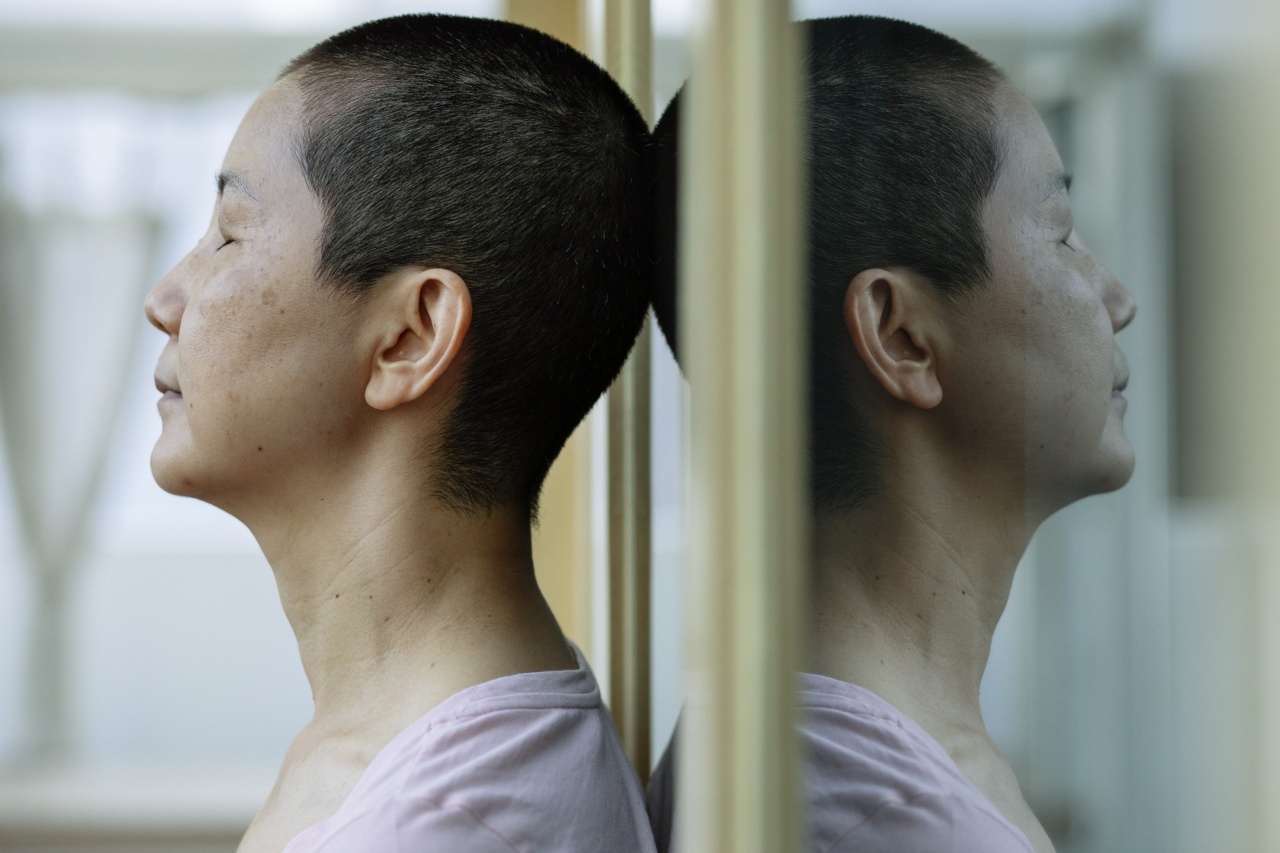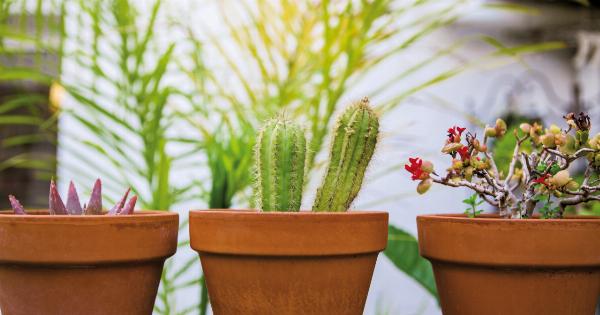Warts are a common skin condition caused by the human papillomavirus (HPV). They are typically small, rough, and appear as raised growths on the skin.
Warts can be unsightly and sometimes painful, leading many individuals to seek effective remedies to get rid of them. While there are numerous options available, it is important to choose remedies that have been proven to be effective in treating warts.
1. Over-the-counter treatments
One of the most common ways to treat warts is by using over-the-counter medications. These treatments usually contain salicylic acid, which works by gradually breaking down the wart tissue. They are available as gels, liquids, plasters, or medicated pads.
It is important to follow the instructions provided with the product and to use it consistently for the recommended duration.
2. Cryotherapy
Cryotherapy involves freezing the wart with liquid nitrogen. This treatment method is usually performed by a healthcare professional. The extreme cold temperature destroys the wart tissue, causing it to eventually fall off.
Cryotherapy may require multiple sessions, depending on the size and location of the wart. It can cause slight discomfort during the procedure, along with some redness and swelling afterwards.
3. Cantharidin
Cantharidin is a chemical compound derived from blister beetles. It is a substance that causes blisters and is applied directly to the wart. This method is typically done in a healthcare setting.
After application, the area is covered to protect it from touching other skin areas. The blister forms underneath the wart and lifts it off the skin within a few days. Cantharidin can be an effective treatment, although it may cause some pain or discomfort during the process.
4. Duct tape occlusion therapy
Duct tape occlusion therapy involves covering the wart with duct tape for a specific period of time, usually several days. The tape is then removed, and the wart is soaked and gently rubbed with a pumice stone or emery board to remove any dead skin.
This process is repeated until the wart disappears. While the scientific evidence supporting duct tape occlusion therapy is limited, some studies suggest it can be an effective and inexpensive treatment option.
5. Apple cider vinegar
Apple cider vinegar is a popular natural remedy for various ailments, including warts. It is believed to work by breaking down the excessive skin cells that make up the wart.
To use apple cider vinegar, soak a cotton ball in the vinegar and apply it to the wart. Secure it with a bandage and leave it overnight. Repeat this process until the wart disappears. However, this remedy may cause some skin irritation or burns if not used properly.
6. Tea tree oil
Tea tree oil is derived from the leaves of the Melaleuca alternifolia tree and has antiviral properties. It is often used as a natural remedy for warts.
To apply tea tree oil, mix a few drops with a carrier oil, such as coconut oil or almond oil, and apply it to the wart. Cover it with a bandage and repeat the process daily until the wart is gone. Tea tree oil may cause skin irritation in some individuals, so it is important to do a patch test before applying it to the entire wart.
7. Garlic
Garlic has antimicrobial and antiviral properties, making it a potential remedy for warts. Crush a garlic clove to release its juice, apply it directly to the wart, and cover it with a bandage. Leave it overnight and rinse it off in the morning.
Repeat the process until the wart disappears. Garlic can cause skin irritation or burns, so it is essential to protect the surrounding healthy skin while applying it.
8. Aloe vera
Aloe vera is a soothing plant with anti-inflammatory properties. It may help in reducing the size and appearance of warts. Apply a small amount of aloe vera gel directly to the wart and cover it with a bandage. Repeat this process several times a day.
Aloe vera is generally well-tolerated, but some people may be allergic to it. It is advisable to do a patch test before applying it to the wart.
9. Laser treatment
In some cases, laser treatment may be recommended for more stubborn or recurring warts. This procedure involves using a laser to destroy the blood vessels that supply the wart, ultimately killing the infected tissue.
Laser treatment is typically performed by a dermatologist and may require multiple sessions. It may cause redness, swelling, or minor scarring.
10. Consultation with a healthcare professional
If home remedies and over-the-counter treatments do not effectively eliminate the warts, it is recommended to seek professional medical advice.
A healthcare professional, such as a dermatologist, can assess the warts and determine the most suitable treatment option. They may suggest procedures like electrosurgery, chemical peels, or immunotherapy, depending on the individual case.
Conclusion
While warts can be stubborn and persistent, effective remedies are available to treat them. It is important to choose a treatment method that suits your individual needs and preferences.
Over-the-counter treatments, cryotherapy, cantharidin, duct tape occlusion therapy, apple cider vinegar, tea tree oil, garlic, aloe vera, laser treatment, and medical consultation are all potential options for addressing warts. Remember to follow the instructions provided with each treatment method and consult a healthcare professional if necessary.


























